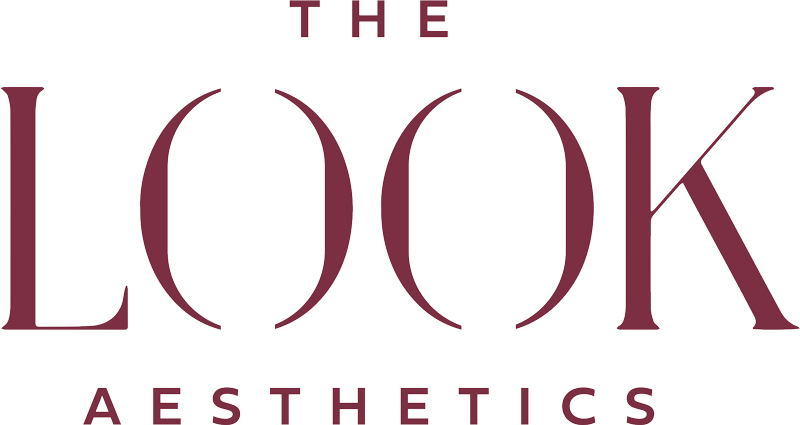No products in the cart
Safety 101: Best Practices for Botox and Dermal Fillers
Safety 101: Best Practices for Botox and Dermal Fillers
How we ensure safety first
Botox and dermal fillers are the most popular minimally invasive procedures year after year. A total of 7.23 million Botox procedures were performed in 2017 alone, according to the American Society of Plastic Surgeons (ASPS).
While Botox and dermal fillers aren’t as invasive or intense as plastic surgery, if you’ve never had injectables before, you may wonder exactly how it works. Specifically, you may be curious about how safe it is and what precautions to take.
We know how important it is to trust those providing you with aesthetic solutions, and we know you don’t want to trust your skin’s health to just anyone.
Along with the rise of dermal fillers has come a surge in complications – the point the U.K. government recently launched a campaign to educate the public about the risks of being injected by anyone but a trained medical professional.
A seasoned injector can spot immediate problems to resolve them
In the U.S., the FDA lists the potential side effects and has several recommendations for safely getting dermal fillers.
The most common side effects include bruising, redness, swelling, pain and itching. But more serious but less common effects can occur:
- infections
- lumps and bumps
- discoloration or change in pigmentation
These are treatable but may result in scarring in some cases. However, with any alteration to the body, the FDA warns that rare but serious risks could include:
- Scarring, blurred vision, partial vision loss, and blindness if the dermal filler is inadvertently injected into a blood vessel. It is recommended that health care providers take care to avoid injection into blood vessels (especially around the forehead, nose and eye area) for these reasons.
- An allergic reaction that may lead to a severe reaction (anaphylactic shock) that requires emergency medical help.
“This knowledge isn’t meant to scare anyone who is considering dermal filler injection; however, it is to inform you of all possible, yet remote, issues. Choosing a seasoned injector who can identify problems is one of the safest ways to be injected,” says Haley Wood, an injection specialist, board certified nurse practitioner, and the founder of The Look Facial Aesthetic. “You need to know that you’re going to somebody who can identify a problem early – and not only that, knows exactly how to treat a complication quickly. “There are blood vessels all over the face, therefore it’s imperative understand facial anatomy. If a filler is accidentally injected into a vessel, the skin around that vessel can be affected. There is a product called Hylenex that can be injected into the skin to dissolve the filler, which allows blood flow to return to the skin.”
Do your homework on your provider
“The rise in injectable procedures also means a rise in those who offer and inject these products. Instagram is full of injectors who appear to be educated, experienced and knowledgeable but don’t choose your injector based off of the number of followers they have. Do your homework! Remember, it doesn’t matter how many years an injector has been injecting, it matters how many procedures they do per day! An injector can have a 15 year history but only inject three patients a week! This is different from a nurse who injects 20 patients per day on injectables only. This is the type of homework you need to do on your provider. Just because a provider is a dermatologist, plastic surgeon, nurse practitioner or RN doesn’t mean that they inject all day every day or know what they are doing. One last tip, a long waiting period to get in to see an injector means this person has a large following and that happens for a reason; they are good,” says Haley.
The bottom line is your health is one of the most important investments you can make, and it shouldn’t be trusted to just anyone. Not only has Haley treated over 15,000 patients, she’s also trained thousands of people on how to most effectively and safely administer injectables.
Haley is board certified by both the National Certification Corporation and the Plastic Surgery Nurses Certification Board. She’s a national trainer for Allergan, Galderma and P.A.L.E.T.T.E Resources. She’s on the Advisory Board for Allergan, Neurotoxins and Dermal Fillers and a member of the American Society of Plastic Surgery Nurses.
Her main goal is your safety.
The FDA admonishes to always see “a licensed health care provider who uses properly labeled, sealed vials for treatments. You also can ask to confirm that you are receiving an FDA-approved filler. And never get injectable fillers from unlicensed providers or in non-medical settings like hotels or private homes.”
Bottom line: don’t settle for anyone but the best.
Haley is dedicated to quality and the highest caliber of treatments for our Botox and dermal filler patients here in Franklin, Tennessee, and beyond.
If you ever have any questions or concerns, we are always here to help!
Contact us today to schedule a consultation and chat about how we can help you safely and effectively achieve the look you deserve.
